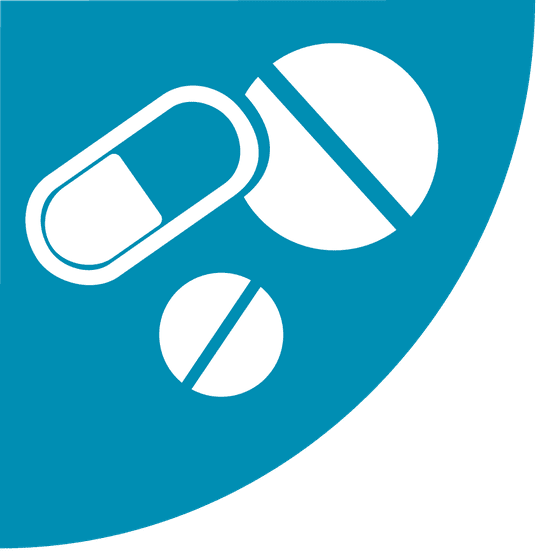NIOSH Examines Police Officers’ Potential Exposure to Illicit Drugs
A NIOSH health hazard evaluation report recently posted to the agency’s website describes four officers’ potential exposure to illicit drugs while responding to a 911 call. Three of the officers were dispatched to a hotel room following a call about an unconscious person with possible drug overdose. When they arrived, the officers saw drug paraphernalia and powders that appeared to be illicit drugs. A fourth officer at police headquarters handled materials from the hotel room and helped one of the other officers decontaminate gear and a police vehicle while wearing personal protective equipment.
All four officers involved in the incident experienced adverse health effects, including dizziness, which affected their ability to perform important work tasks. Naloxone, a drug used to reverse opioid overdoses, was administered to one officer at the scene. According to NIOSH’s report, the officers did not exhibit signs consistent with serious or life-threatening opioid toxicity. The officers’ symptoms improved over several hours while being monitored in an emergency department.
Laboratory testing of evidence collected from the hotel room confirmed that opioids, cocaine, methamphetamine, and cathinones, or “bath salts,” were present in the hotel room. The potential routes of exposure for each officer to these substances remain unclear but could have included inhalation and mucous membrane exposure.
The three responding officers wore short-sleeved uniforms and gloves prior to handling materials and touching the subjects in the hotel room, but did not don respirators until 10 to 15 minutes after they entered the room. Body camera footage showed that some officers were not wearing their respirators properly. The officers’ activities related to maintaining room security and attending to the subjects until the room was sealed may have increased their exposure. Officers handcuffed and detained the subjects, assisted a subject with a towel several times, and disturbed bedding and linens. The ventilation unit also automatically turned on and off while the officers were in the hotel room.
“We cannot determine whether any of these individual activities, or a combination of activities, may have aerosolized any loose powder that may have contaminated materials and surfaces in the room,” NIOSH personnel wrote. “Additionally, it is not possible to know whether any activities of the subjects prior to the officers’ entry may have led to some aerosolization of the substances in the room.”
The agency’s report explains that subjects using illicit substances might try to hide or dispose of those substances prior to interacting with police, sometimes by dumping them into the toilet and flushing repeatedly. In this case, officers heard the toilet flush multiple times when they entered the hotel room. NIOSH urges first responders to consider bathrooms as places more likely to be contaminated with illicit drugs during opioid response activities. Bath towels in particular may become significantly contaminated if the drugs are in powder form.
“This incident raises the broader issue of the need for specific training of [law enforcement officers] to don and wear respirators and gloves correctly in conjunction with their other equipment such as their duty belt, radio, and body camera,” NIOSH’s report reads.
The agency has published guidance on preventing occupational exposure to fentanyl among emergency responders. For more information, download the full HHE report from the NIOSH website (PDF).
NEWSWATCH
EMERGENCY RESPONSE

All four officers involved in the incident experienced adverse health effects, including dizziness, which affected their ability to perform important work tasks.

